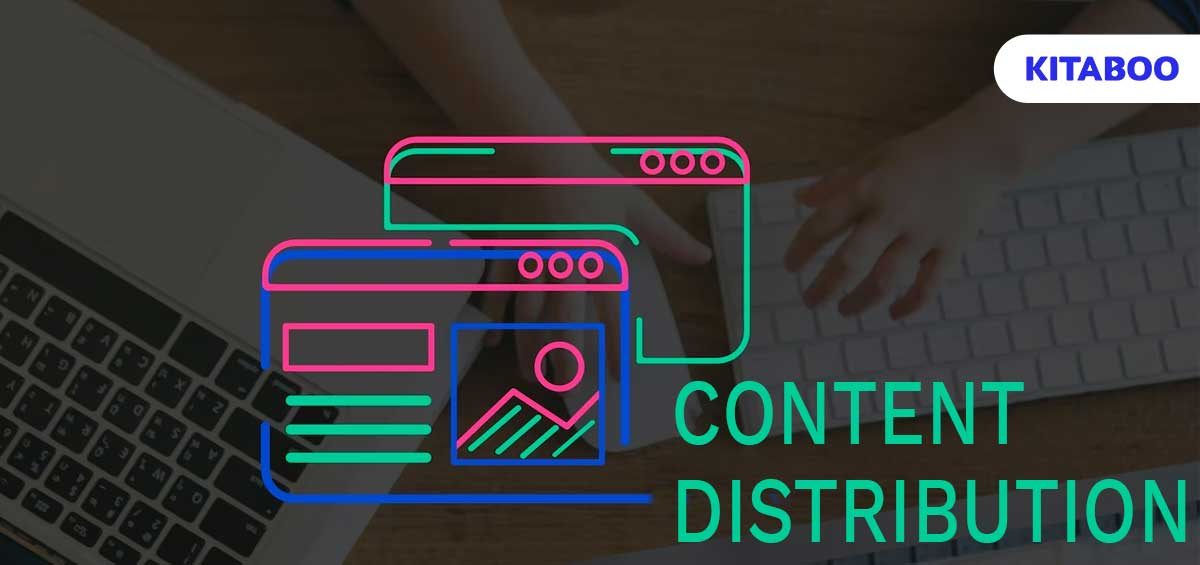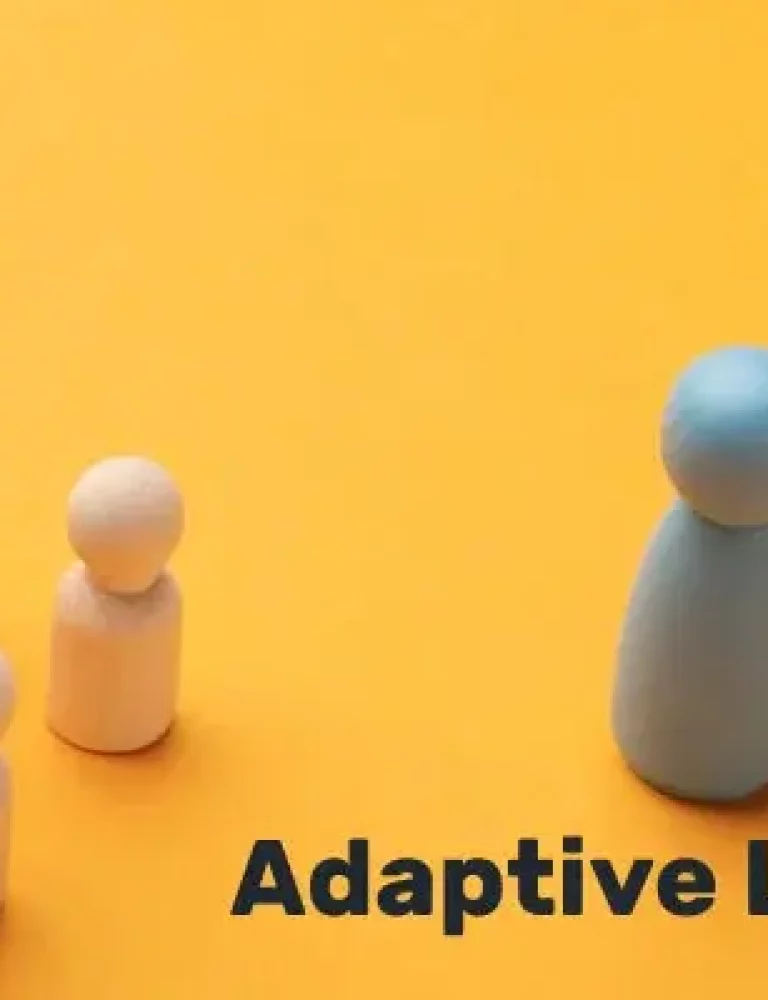The rise of eLearning and online education has revolutionized the way we acquire new skills and information, making quality educational content more accessible than ever before. But what’s equally important is how this valuable educational content reaches its intended audience.
This is where content distribution platforms step in. In an era where the demand for effective online learning experiences is at an all-time high, the significance of these platforms cannot be overstated.
This detailed guide features the top advantages that content distribution platforms bring to the realm of education. From expanding the reach of educational materials to fostering a more interactive learning experience, these platforms hold the key to revolutionizing the educational landscape.
Table of Contents
I. What are Content Distribution Platforms?
II. Examples of Content Distribution Platforms
III. Top 10 Advantages of Content Distribution Platforms in eLearning
- Global Reach and Accessibility
- Enhanced Content Management
- Personalized Learning Experiences
- Analytics and Insights
- Interactivity and Engagement
- Scalability and Cost-Efficiency
- Seamless Integration with Learning Management Systems
- Artificial Intelligence (AI) Integration
- Gamification and Immersive Learning
- Collaboration and Social Learning
IV. Wrapping Up
What are Content Distribution Platforms?
Before jumping right into the advantages of content distribution platforms, it is important to know what content distribution platforms actually are.
Content distribution platforms, also known as content delivery platforms, are systems or services designed to distribute digital content to a wide and often diverse audience across various channels and devices.
These platforms facilitate the sharing and dissemination of content, whether it’s articles, videos, documents, or other media, by optimizing delivery, tracking engagement, and enhancing the overall user experience.
Examples of Content Distribution Platforms
KITABOO
KITABOO, as a content distribution platform, focuses on e-books and educational materials. It caters to educators, publishers, and institutions, allowing them to create, distribute, and manage eLearning content efficiently.
KITABOO offers features like interactivity, analytics, and seamless integration with Learning Management Systems (LMS).
HubSpot
HubSpot offers content distribution tools within its marketing automation platform.
It helps businesses distribute blog posts, emails, and social media content strategically, with features like scheduling, audience segmentation, and performance tracking.
Medium
Medium is a content distribution platform focused on written content. Writers and bloggers can publish articles on Medium and reach a wide readership.
Its user-friendly interface, built-in social sharing features, and the ability to join publications and curate content make it a popular choice for bloggers and thought leaders.
SlideShare
Acquired by Scribd, SlideShare is a content distribution platform specializing in presentations and slideshows.
It’s an excellent choice for educators, trainers, and businesses looking to share knowledge and expertise through visual presentations.
For professional content distribution, LinkedIn is a go-to platform. It allows users to share articles, presentations, and videos with their network and beyond.
With its targeting options, businesses can reach a specific professional audience, making it valuable for B2B content distribution.
Top 10 Advantages of Content Distribution Platforms in eLearning
Content distribution platforms like KITABOO have rapidly become indispensable tools within the education and eLearning sector. These platforms offer a plethora of benefits that streamline the process of creating, sharing, and accessing educational materials.
Below, we have listed the top ten advantages of content distribution platforms in the context of education and eLearning, shedding light on the specific ways they are transforming the learning landscape:
1. Global Reach and Accessibility
Content distribution platforms break down geographical barriers, allowing educational institutions, instructors, and content creators to reach a global audience.
This unparalleled reach ensures that quality educational materials can be accessed by learners worldwide, promoting inclusivity and expanding the horizons of education.
2. Enhanced Content Management
Managing and organizing educational content can be a daunting task. Content distribution platforms simplify this process by providing robust content management tools.
Educators can easily upload, categorize, and update their materials, ensuring that learners have access to the most current and relevant resources.
3. Personalized Learning Experiences
These platforms facilitate personalized learning journeys by enabling content customization. Educators can tailor their materials to suit individual student needs.
Whether it’s adjusting the difficulty level, providing additional resources, or offering interactive elements that cater to diverse learning styles, educators can efficiently tailor the student’s learning experience.
4. Analytics and Insights
Content distribution platforms offer comprehensive analytics and reporting features. Educators can track learner progress, identify areas of improvement, and gauge the effectiveness of their materials.
These insights empower educators to adapt their content to optimize learning outcomes.
5. Interactivity and Engagement
To keep learners engaged and motivated, content distribution platforms often incorporate interactive features such as quizzes, discussion boards, and multimedia content.
These elements transform passive consumption into active participation, fostering a dynamic learning environment.
6. Scalability and Cost-Efficiency
As educational institutions grow or adapt to changing demands, scalability becomes crucial. Content distribution platforms are inherently scalable, allowing institutions to accommodate an increasing number of students without significant infrastructure investments.
This scalability also translates into cost savings, making education more affordable and accessible.
7. Seamless Integration with Learning Management Systems (LMS)
Many content distribution platforms seamlessly integrate with popular Learning Management Systems (LMS), enhancing the overall educational experience.
This integration simplifies the process of content delivery, grading, and communication, creating a cohesive learning environment.
8. Artificial Intelligence (AI) Integration
Many modern content distribution platforms leverage AI technologies to enhance the learning experience.
AI algorithms can analyze student performance data to make personalized recommendations for additional resources and adaptive assessments and even suggest customized learning paths. This level of AI-driven personalization helps learners stay on track and achieve their educational goals more efficiently.
9. Gamification and Immersive Learning
Content distribution platforms are increasingly incorporating gamification elements and immersive learning experiences. Gamification, such as earning badges or rewards for completing tasks, makes learning more engaging and fun.
Additionally, virtual reality (VR) and augmented reality (AR) integration within these platforms offer immersive simulations and environments, providing hands-on experiences that are particularly beneficial for technical or practical subjects.
10. Collaboration and Social Learning
Content distribution platforms are evolving to promote collaboration and social learning. They integrate features like collaborative document editing, group discussions, and peer-to-peer assessment, fostering a sense of community and knowledge sharing among learners.
This not only enhances engagement but also prepares students for real-world teamwork and communication scenarios.
Also Read: Digital eBook Libraries
Wrapping Up
Content distribution platforms are revolutionizing education and eLearning by offering a wide range of advantages, from global reach and personalization to interactivity and scalability.
These platforms empower educators to deliver high-quality educational materials to diverse audiences. This ensures that learning remains accessible, engaging, and adaptable to the ever-evolving needs of the modern learner.
Discover the future of education and eLearning with our cutting-edge platform. Whether you’re an educator or an institution, KITABOO empowers you to create, distribute, and manage engaging educational content seamlessly. Take the first step toward a more interactive, personalized, and accessible education landscape.
Request a Demo today!
Suggested Reads:
Discover How An Ebook Conversion, Publishing & Distribution Platform Can Help You
Kitaboo is a cloud-based content platform to create-publish & securely distribute interactive mobile-ready ebooks.
You May Also Like
-
Types of Assessments: Online vs. Offline Assessments
Blog,Digital Publishing,eBook solution / February 27, 2024








